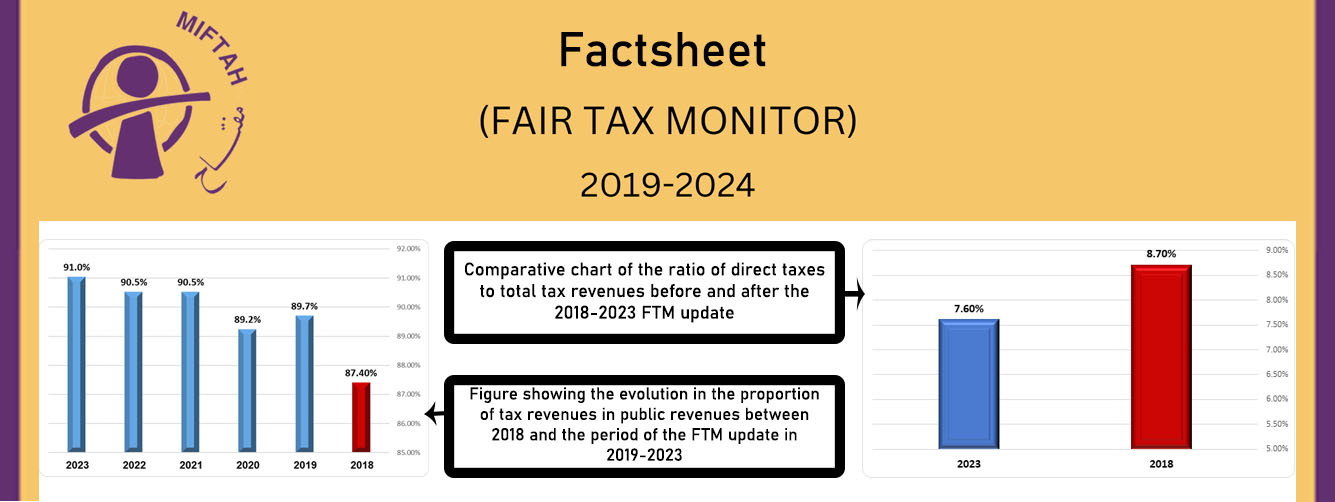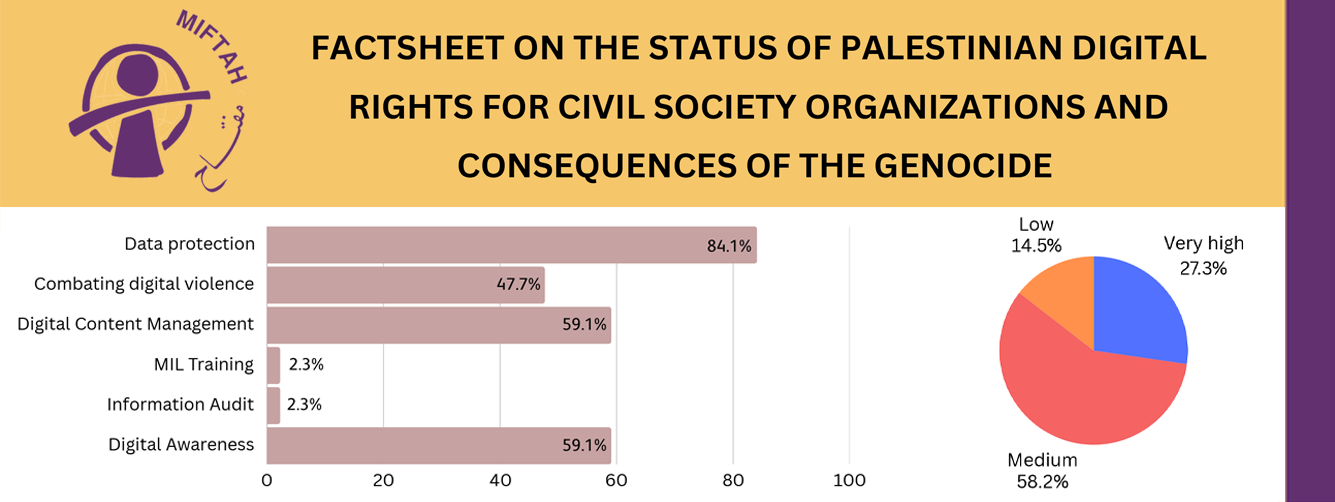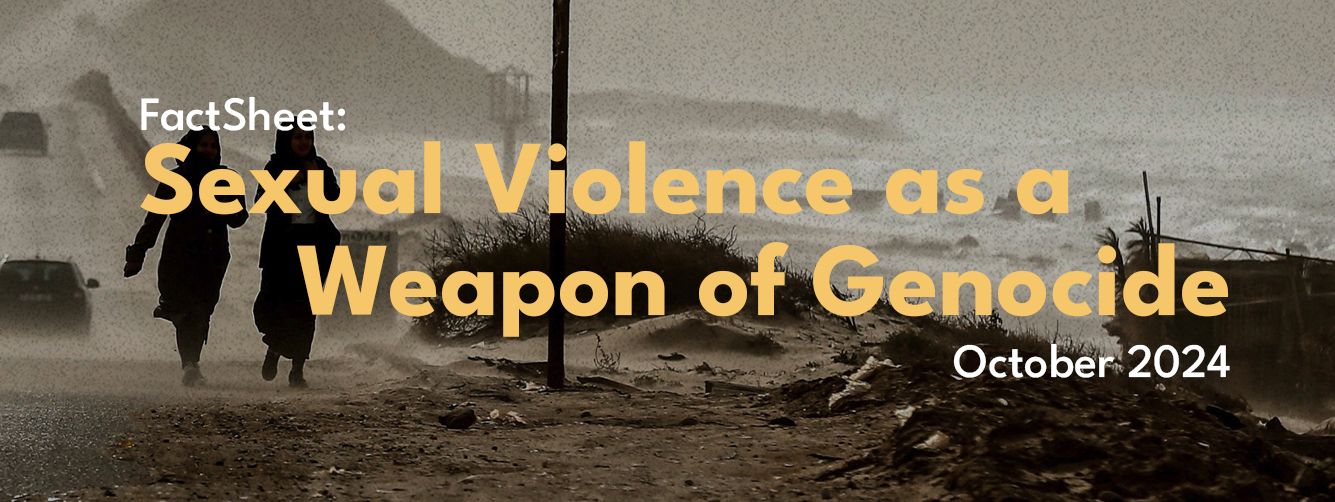The Palestinian refugee problem arose not from a conflict in which, as claimed, the Zionist forces overcame overwhelming odds against the Arab armies and the Palestinian population voluntarily left. But from a systematic policy of ethnic cleansing. The results of which are apparent in the Palestinian refugee camps across the Arab world and in the Palestinian Diaspora. The policies, to a lesser extent, continue to this day in Jerusalem and across the Occupied Palestinian Territories.
Zionist Policy sought to create a Jewish homeland in Palestine, a region already populated with a history stretching back thousand of years. The characterization of a land without a people for a people without a land created the myth of an empty waiting Palestine. Nothing could be further from the truth and this was evidenced in the atrocities of the 1948 War. Initially, Zionist policy was directed towards winning the acceptance of the British and other colonial powers.
In November 1917 while the territory was under British occupation, the British declared they would support the establishment in Palestine of ‘a national home for the Jewish people’ providing there were proper safeguards for ‘the existing non-Jewish communities’. Thereby acceding to Zionist demands. It should be noted that the historic Jewish population in Palestine did not necessarily support these demands; one indigenous Jewish leader described Zionism as evil.
Terror and Dispossession: Jewish underground terrorist groups such as Haganah, Irgun and Stern had the mission to terrorize the Palestinian street, destroy villages and slaughter entire Palestinian families. 34 massacres were committed within a few months: Al-Abbasiyya, Beit Daras, Bir Al-Saba', Al-Kabri, Haifa, Qisarya… These attacks aimed to annihilate the entire Palestinian territory and population (so-called Plan D), 50% of the Palestinian villages were destroyed in 1948 and many cities were cleared from its Palestinian population: Aker, Bir Al-Saba', Bisan, Al-Lod, Al-Majdal, Nazareth, Haifa, Tiberias, Jaffa, West-Jerusalem…
Israeli forces killed an estimated 13,000 Palestinians. They forcibly evicted 737,166 Palestinians from the homes and land. 418 Palestinian villages were entirely depopulated and destroyed. The Palestinian populations in Aker, Bir Al-Saba', Haifa, Jaffa, Lydda, Al-Majdal, Al Ramla, Safad, Tiberias, and West Jerusalem were almost entirely removed. A conservative total, almost three-quarters of a million Palestinians were made refugees.
1967 War: the tragedy of the refugees continued in 1967 with the breaking out of the war, which created a new wave of refugees. That year Israel occupied the rest of the Palestinian territories and many Palestinians were uprooted for the second time: 15.000 fled from the West Bank, 38.000 fled from the Gaza Strip and 16.000 fled from the Golan Heights. They found shelter in surrounding countries, such as Jordan, Syria and Egypt.
Prohibition of return: the Jewish settlers took over all what was left from Palestinian facilities, such as schools, hospitals, houses and abandoned lands. Settlements were built on the remains of the destroyed villages and the properties of these villages were given to the newly arrived Jewish immigrants that settled in the empty Arab housing.
Following the establishment of Israel, it legislated in two areas, the first denied the Palestinians the right to return home and the second took away their homes and land. These laws continue to be in force.
Israel has legislated to deny Palestinians the opportunity to return to their homes. It has refused to offer adequate compensation or restitution, yet at the same time, Israel has discriminated in favour of Jews by allowing them to migrate to Israel without having established any previous connection with the country.
The Law of Return is a keystone of Israeli policy. Jews, regardless of their nationality, are offered Israeli citizenship under the Law of Return. The Law of Return is also open to those related by marriage or birth to a Jew, including the grandchildren of a Jew. In other words, a non-Jew may claim Israeli citizenship. 2,585,000 have invoked the Law or Return to migrate to Israel.
Palestinians, however, who may still have homes in what is now Israel, have been denied the right to return. The Law of Return directly discriminates against Palestinians even though under international law they the right to be repatriated.
The denial of the right of return is a continuing breach of Article 2 and Article 5(d) of Convention on the Elimination of all Forms of Racial Discrimination. The continuing refusal by Israel to grant nationality to Palestinians who resided in Palestine prior to 1948 breaches Article 5(d)(iii). The failure to provide legal means to pursue compensation and restitution is a violation of Article 5(a) of the same treaty.
It is also a violation of Article 12 of the International Covenant on Civil and Political Rights, which states. No one shall be arbitrarily deprived of the right to enter his own country.
Israel has passed a series of laws in which the property of Palestinians has been expropriated, in breach of international norms, and transferred to Jewish ownership.
Following the Nakba in 1948 Israel passed the Absentees’ Property Law of 1950. This created an office known as the Custodian for Absentee Property, in which the legal and equitable title of absentee property was entirely divested from the property’s Palestinian owners.
An absentee is set out in Section 1 of the statute: It is a national or citizen of Lebanon, Egypt, Syria, Saudi Arabia, Trans-Jordan, Iraq, or the Yemen, (Section 1(b)(1)(i)), or was in any part of Palestine or a neighbouring country, (Section 1(b)(1)(ii)); or a Palestinian citizen. (Section 1(b)(1)(iii)), and, who was absent from his property after 29 November 1947, (Section 1(b)(1)), and if a Palestinian had left for a neighbouring country (Section 1(b)(1)(iii)(a)) or in an area controlled by an enemy force of Israel (Section 1(b)(1)(iii)(b)).
An absentee could see the return of his property if he could prove he had left his place of residence only “for fear that the enemies of Israel might cause him harm”, (Section 27(1)), or, “otherwise than by reason or of fear of military operations”. (Section 27(2)). The law then excludes the majority of Palestinians and other nationals of neighbouring countries who had, it is commonly stated, fled in fear of attack from Israeli forces.
It has been estimated that some 75,000 “Present Absentees” (i.e. they were resident in what is now Israel but not residing at the temporarily absentee property) had their property confiscated by the Israeli Government.
Moreover, Palestinian institutions were also affected. Legal persons, including associations and corporations, were declared absentee and had their lands confiscated by the Custodian. The land expropriated under this legislation has been estimated at some 3.25 million dunums.
The Israeli Government introduced a second land law that had a similarly devastating impact on Palestinian landholding. The Land Acquisition (Validation of Acts and Compensation) Law 1953 permitted the confiscation of land for military purposes or for Jewish settlement. This expropriation is placed at 1,255,174 dunums.
Although compensation is supposed to be paid out, a very small proportion of funds have been disbursed for compensation. By the end of March 1998, 14,364 persons had claimed compensation. Settlements had been reached on 197,984 dunums of land. Payments were made of NIS 2,724,137 and 53,710 dunums in compensation.
The objective of the law is simple: to ensure that Palestinians have no entitlement to their former homes. Although there is no patent right to property in human rights law, the Absentee Property Law defies international law by confiscating property of third party nationals without adequate compensation. Moreover, state practice on the right of return, and the right to a standard of living in the International Bill of Human Rights would indicate that the Absentees’ Property Law is contrary to the principles of international human rights law.
Today’s Facts
Palestinians are the largest single group of refugees in the world. Their fate is one of the most complex issues still awaiting a solution in the context of the “final status” negotiations between PLO/PNA and Israel. So far, no progress has been made, which is largely due to the controversy over how to define a ‘displaced’ Palestinian. The fate of the 1948 refugees is widely ignored.
The work of UNRWA, the Agency of the United Nations charged with the welfare of the Palestine refugees has provided the humanitarian services essential to the welfare of the refugees, particularly in the fields of education, health, relief, services and employment opportunities.
Today over 3.5 million Palestinian refugees are registered with UNRWA, of these some 33% live inside one of the 59 UNRWA camps and 67% outside. Every year the population amount of refugees increases by almost 3%
The UNRWA definition of a ‘Palestine refugee’ was developed to meet a condition, not to satisfy a theory. It was elaborated for operational purposes to determine which persons were eligible for UNRWA assistance. Displaced persons are people who fled in 1967; they are not regarded as registered refugee by UNWRA, or as refugees by the United Nations’ definition. But the word refugee should include those who left their land in 1948 & 1967 as well as the Palestinian living abroad and who need a special permission to come back and stay in their country
For the Israeli the term refugee, referring to the Arabs who fled, is wrongly applied; they were merely considered to be migrants who should have been absorbed by the neighboring Arab states in the same way that the newly created state of Israel absorbed more than 500,000 Jews from all over the Middle East
General Assembly Resolution 194 adopted in December 1948, although not defining the term ‘Palestinian refugee’, under this resolution the refugees and their descendants have a right to compensation and repatriation to their original homes and land, because they have suffered “loss of or damage to property, which, under principles of international law or in equity should be made good by the government or authorities responsible”
Since June 1967 the Israeli occupation authorities have expropriated at least 5.839.000 dunums (73% of the West Bank & Gaza territory): 5.473.000 in the West Bank (incl. East Jerusalem) and 366.000 dunums in the Gaza Strip. Today, on average 8.630 dunums of land are confiscated every month for the purpose of settlements







